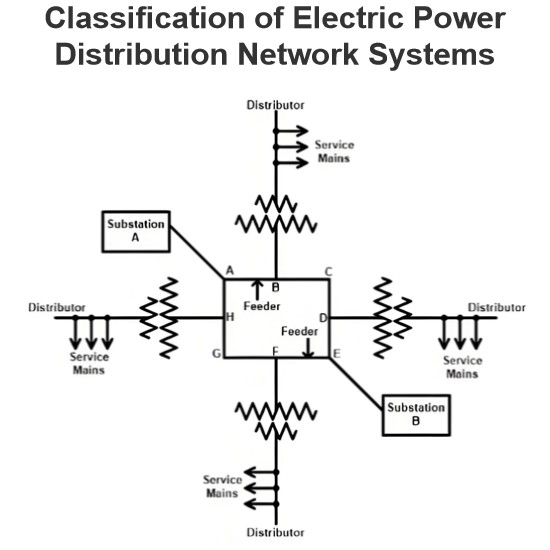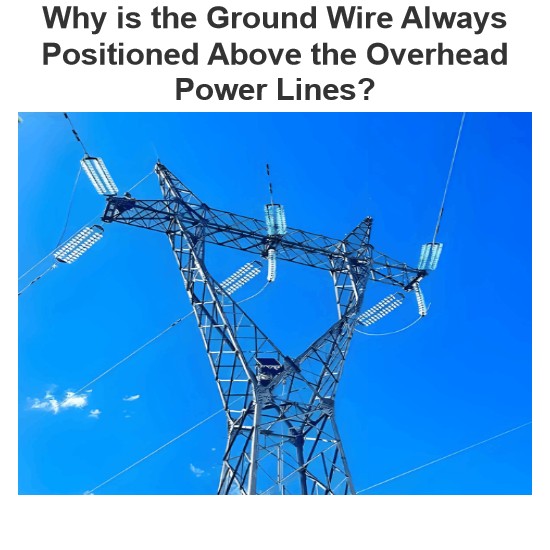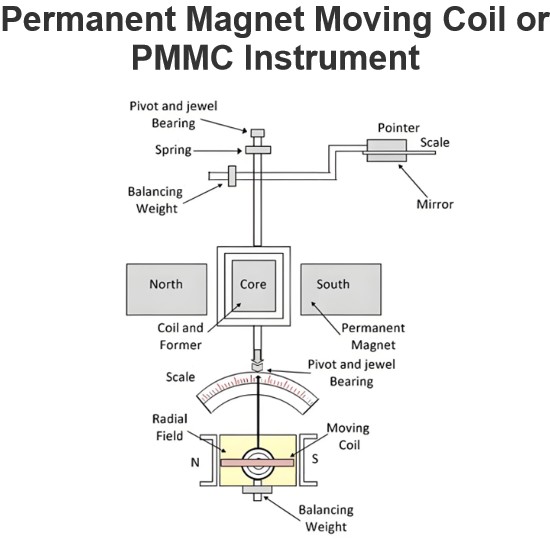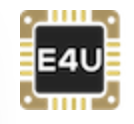Pulverized Fuel Firing of Boiler
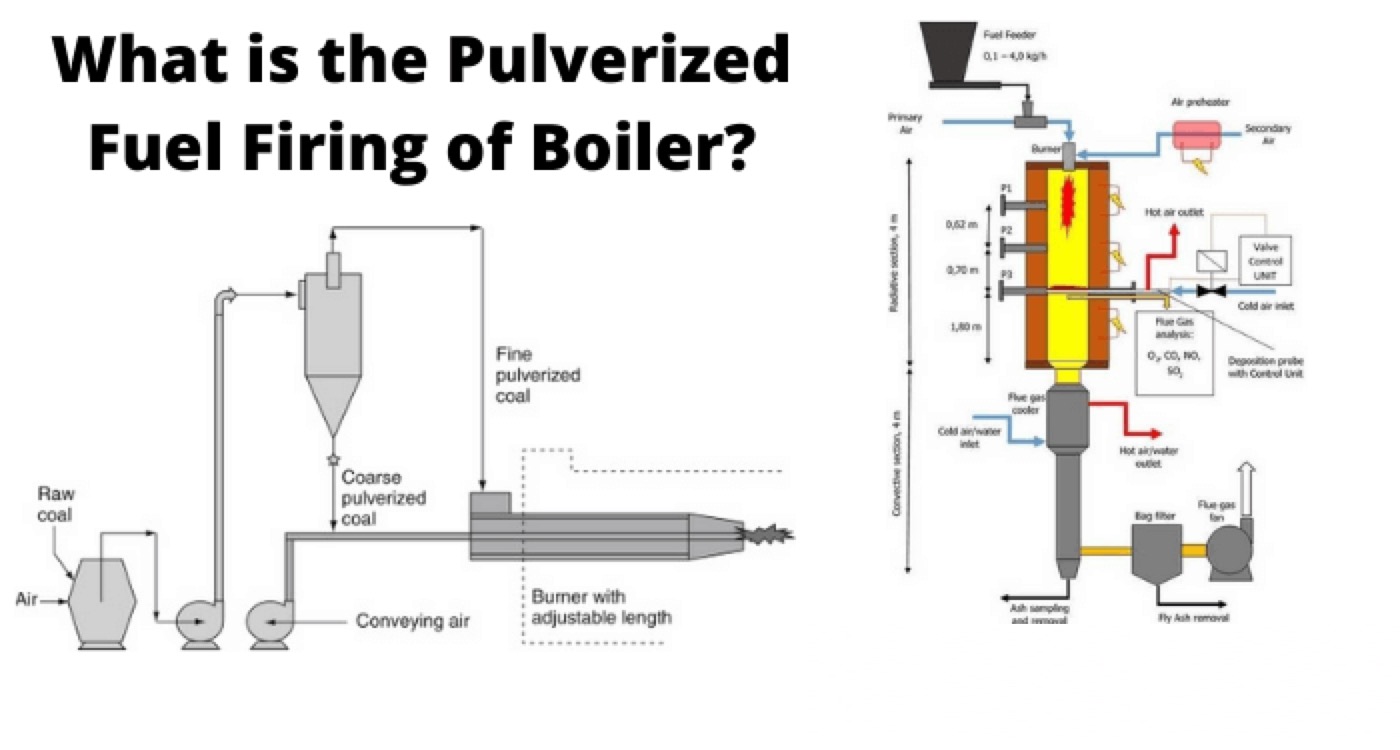
The solid-fuel firing method is inefficient to take care properly the fluctuations of the load. There is a limitation in the combustion process. Solid-fuel firing method is not stable hence not suitable for large capacity thermal power plants. The flue gases contain a large quantity of ash, and for large capacity boiler, it is difficult to separate those ash particles from the exhaust gases during removal through the chimney. Hence, non-pulverized coal firing is not practical for a large boiler. After all, the main disadvantage of solid-fuel firing is that it does not burn the fuel entirely hence the thermal efficiency of the fuel reduces.
On the other hand, the pulverized fuel firing system is universally accepted method of boiler firing in the modern age, mainly because it increases the thermal efficiency of solid fuel to a great extent. In the pulverized fuel firing system, we make the coal in fine particles with the help of grinding mills. We refer the process of making the fuel powder as pulverization. This pulverized coal gets sprayed in the combustion chamber with a blow of hot air. The air used to spray the coal into the combustion chamber must get dry before entering the chamber. We call this as “primary air.” The extra air required for completion of the combustion is supplied separately, and this additional needed air is secondary air. The thermal efficiency of the pulverized fuel firing system depends on the fineness of the crushed coal. Pulverized fuel firing system is suitable when coal for combustion not ideal for solid fuel firing.
Advantages of Pulverized Fuel Firing
By pulverizing the coal, the surface area for combustion increases much hence thermal efficiency increases. It results in faster combustion rate and consequently reduces the requirement of secondary air to complete combustion. The burden of the air intake fans also reduces.
Comparatively lower grade coal can also be utilized as efficient fuel once it gets pulverized.
Faster combustion rate makes the system more responsive to the changing load as the combustion can easily and quickly be controlled.
There is no clinker and slagging problems in pulverized coal firing system.
More considerable amount of heat is released compared to that of the same physical size of the solid firing system.
Starting of the pulverized coal firing system is quicker than that of the solid firing system. Even its operation can be launched from a cold condition very rapidly and efficiently. This feature of the boiler system is essential for electrical grid stability.
Another essential feature of the pulverized firing system is that it does not have any moving parts inside the combustion chamber which gives it long trouble free life.
The ash handling is more straightforward in this system since there is no solid ash.
Disadvantages of Pulverized Coal Firing
The initial investment in pulverized coal firing system is more compared to solid firing system.
The running cost is also higher.
The pulverized coal produces fly ashes.
Removal of ash grain from the exhaust gases is always expensive as it requires an electrostatic precipitator.
There may be a possibility of the explosion like the coal burns like a gas.
The storage of pulverized coal requires particular attention always being protected from the fire hazards.
Statement: Respect the original, good articles worth sharing, if there is infringement please contact delete.
Electrical4U is dedicated to the teaching and sharing of all things related to electrical and electronics engineering.
